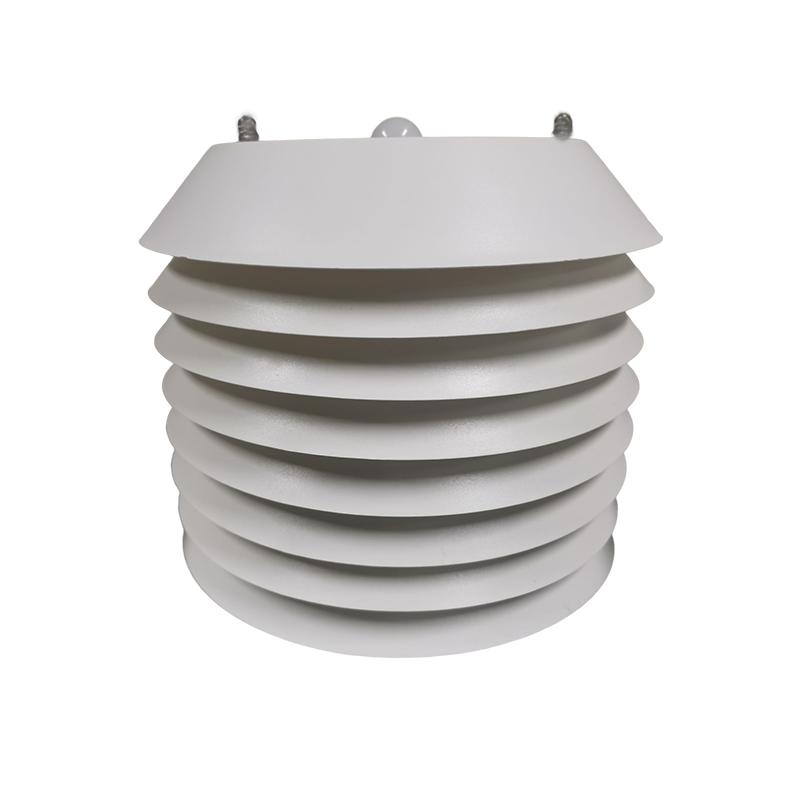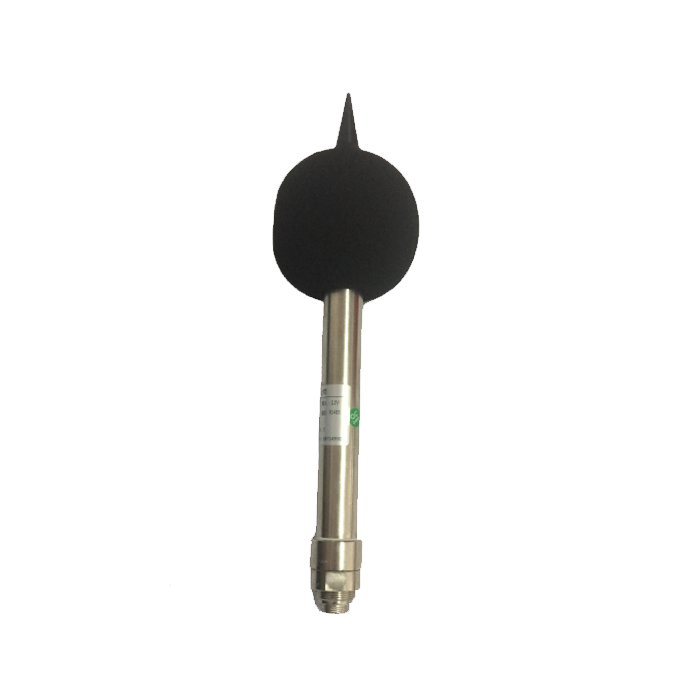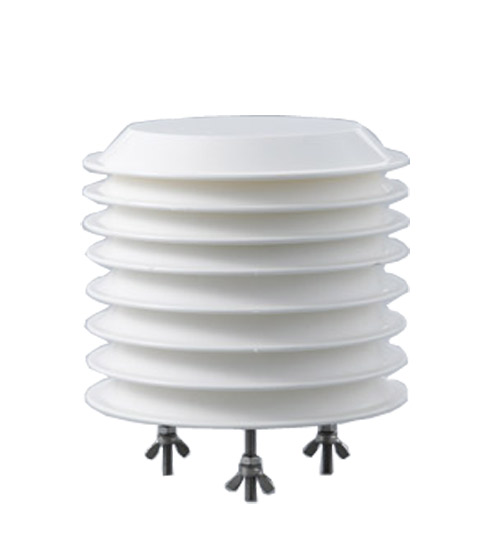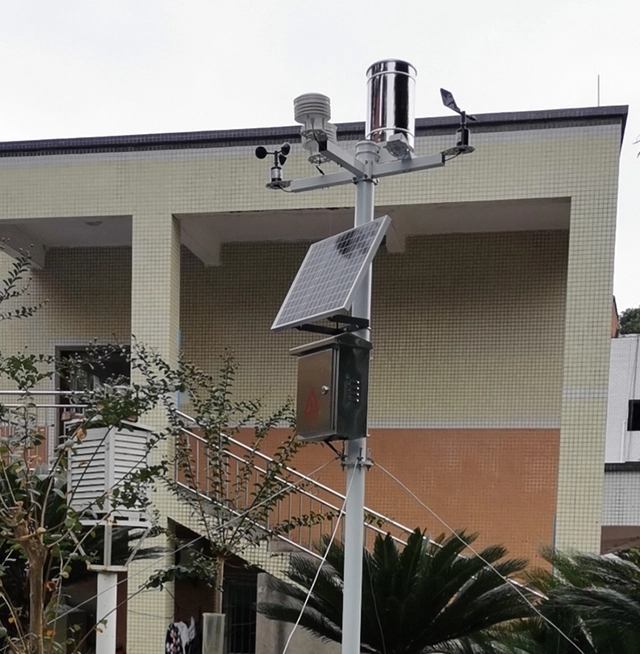

— Products —
 Consumer hotline +8618073152920
Consumer hotline +8618073152920 WhatsApp:+8615367865107
Address:Room 102, District D, Houhu Industrial Park, Yuelu District, Changsha City, Hunan Province, China
All products
school meteorological station refers to the equipment and facilities set up within a school for collecting, recording and analyzing weather data. It aims to provide a platform for hands-on learning where students can participate in activities such as meteorological observation, data collection and analysis, and weather forecasting. School weather stations usually include a range of sensors and instruments to measure and monitor various meteorological elements such as temperat···
Tel/WhatsApp:+8615367865107
Email:Arvin@niubol.com +Nearly 100 partner company in more than 68 countries. We are committed to providing high-quality, practical products to meet your needs and help you solve problems.Product Details
A school meteorological station refers to the equipment and facilities set up within a school for collecting, recording and analyzing weather data. It aims to provide a platform for hands-on learning where students can participate in activities such as meteorological observation, data collection and analysis, and weather forecasting.
School weather stations usually include a range of sensors and instruments to measure and monitor various meteorological elements such as temperature, humidity, wind speed, wind direction, rainfall, pressure, etc. These sensors automatically or periodically record relevant data, which is then stored in a database for further analysis and use.

In addition to weather sensors, school weather stations may be equipped with other equipment such as data loggers, display screens, computers and communication equipment so that students and teachers can acquire and analyze meteorological data in real time.
School weather stations can not only provide students with hands-on learning opportunities, develop their scientific literacy and empirical thinking skills, but also help schools make safety decisions, promote interdisciplinary integration, strengthen ties with the community, and even contribute to public science projects.
In summary, a school weather station is a device and facility set up within a school to collect and analyze weather data, designed to provide students with hands-on learning opportunities and help the school and community better understand and respond to weather changes.
 |  |  |  |
| Portable weather stations | Rain gauge | Ultrasonic weather stations | Pyranometer(Solar Radiation Sensor) |
| Measured | Measuring range | Resolution | Precision |
| Humidity | 0~100%RH | 0.1%RH | ±0.5℃ |
| Temperature | -40~80℃ | 0.1℃ | ±5%RH |
| Atmospheric pressure | 10~1200hPa | 0.1hPa | ±1.5hPa |
| Wind speed | 0~70m/s | 0.1m/s | ±(0.3+0.03V)m/s |
| wind direction | 0~360° | - | ±3° |
| Noise | 30~130dB | - | - |
| Illuminance | 0-200000Lux | - | ±7% |
| Rainfall | 0-4mm/min | 0.2mm | ±4% |
| PM2.5/PM10 | 0-2000μg/m3 | - | ±15% |
| Solar radiation | 0~2000W/m2 | - | ≤5% |
| CO2 | 0~2000ppm | 1ppm | ±7% |
| Supply mode | 220V | DC12-24V | solar power optional |
 |  |  |  |  |
| Anemometer Wind Speed sensor | Wind direction sensor | Tipping bucket rain gauge sensor | Tipping bucket rain gauge sensor | Piezoelectric Rain Gauge |
 |  |  |  |  |
| Atmospheric Temperature Humidity air pressure Sensor | ultrasonic wind speed and direction sensor | 5 in1 Ultrasonic Weather Station Sensor | PM2.5 and PM10 sensors | 7 in1 Ultrasonic Weather Station Sensor |
 |  |  |  |  |
| Noise measurement sensor | Solar Radiation Sensor | Carbon dioxide(CO2) sensor | illumination sensor | Ultrasonic Snow Depth Sensor |
School weather stations are weather monitoring systems installed in educational institutions, such as schools, colleges, and universities. These weather stations are designed to provide students, teachers, and staff with real-time weather data specific to their location. Here are some key features and benefits of school weather stations:
Data Collection: School weather stations collect various weather parameters, including temperature, humidity, wind speed and direction, rainfall, barometric pressure, and solar radiation. This data is collected continuously and can be accessed by students and teachers for educational purposes.
Educational Tool: School weather stations serve as valuable educational tools, allowing students to learn about meteorology, climate science, and environmental studies. They can observe and analyze weather patterns, create weather forecasts, and understand the impact of weather on the environment and daily activities.
Hands-on Learning: School weather stations provide hands-on learning experiences, allowing students to actively participate in the collection and analysis of weather data. It encourages critical thinking, problem-solving, and scientific inquiry, fostering a deeper understanding of weather and climate concepts.
Integration with Curriculum: Weather stations can be integrated into various subjects and curriculum areas, including science, geography, mathematics, and technology. Teachers can incorporate weather data into lessons, experiments, research projects, and even art or literature activities.

Weather Safety: School weather stations help promote weather safety within the campus. By monitoring real-time weather conditions, schools can issue alerts or warnings for severe weather events, allowing them to take necessary precautions to ensure the safety of students, staff, and visitors.
Citizen Science Projects: School weather stations can contribute to citizen science projects by sharing their collected data with larger weather networks or organizations. Students can actively participate in data sharing and analysis, contributing to broader scientific research and understanding.
Community Engagement: Weather data collected by school weather stations can be shared with the local community, fostering engagement and collaboration. Schools can provide weather updates, forecasts, and historical data to nearby residents, agricultural sectors, or local news outlets.
Career Exploration: School weather stations offer students insights into potential career paths related to meteorology, environmental science, climate research, or data analysis. It can inspire students to pursue careers in these fields and provide them with practical skills and knowledge.
Overall, school weather stations enhance the educational experience by providing students with hands-on learning opportunities, promoting scientific inquiry, and fostering a deeper understanding of weather and its impact on the environment. They also contribute to weather safety within the school community and can engage students in citizen science projects and career exploration.
School weather stations are meteorological monitoring systems installed in educational institutions (e.g. schools, universities, etc.). The school weather station is designed to provide students, teachers, and staff with real-time weather data for specific locations. Here are some of the main functions and values of a school weather station:
1. Data Collection: The school weather station collects various meteorological parameters, including temperature, humidity, wind speed and direction, rainfall, barometric pressure and solar radiation. This data is collected on an ongoing basis and is available to students and teachers for educational purposes.
2. Educational tools: School weather stations serve as valuable educational tools that enable students to learn about meteorology, climate science and environmental studies. They can observe and analyze weather patterns, make weather forecasts, and understand the impact of weather on the environment and daily activities.
3. Hands-on learning: The school weather station provides hands-on learning opportunities to enable students to actively participate in the collection and analysis of meteorological data. This encourages critical thinking, problem solving and scientific inquiry, promoting a deeper understanding of weather and climate concepts.
4. Integration with the curriculum: Weather stations can be integrated with a variety of subjects and curriculum areas, including science, geography, mathematics, and technology. Teachers can incorporate weather data into their curriculum for experiments, research projects, or even artistic or literary activities.
5. Weather safety: The school weather station contributes to weather safety on campus. By monitoring real-time weather conditions, schools can issue alerts or warnings of severe weather events and take the necessary steps to ensure the safety of students, staff and visitors.
6. Public Science Projects: School weather stations can contribute to public science projects by sharing data collected with larger weather networks or organizations. Students can actively participate in data sharing and analysis, contributing to broader scientific research and understanding.
7. Community involvement: Weather data collected by school weather stations can be shared with local communities, promoting participation and collaboration. Schools can provide weather updates, forecasts, and historical data to nearby residents, the agriculture department, or local news media.
8. Career Exploration: The school weather station provides students with insights into career paths related to meteorology, environmental science, climate research, or data analysis. It can inspire students to pursue careers in these fields and provide them with practical skills and knowledge.
Overall, school weather stations enhance the educational experience by providing hands-on learning opportunities, promoting scientific inquiry and deepening understanding of weather and its impact on the environment. They also contribute to weather safety on campus and can engage students in public science projects and career exploration.
Sensors & Weather Stations Catalog
Agriculture Sensors and Weather Stations Catalog-NiuBoL.pdf
Weather Stations Catalog-NiuBoL.pdf
Related recommendations
 Multi-Depth Soil Sensor RS485
Multi-Depth Soil Sensor RS485 TDR Soil Moisture Sensor
TDR Soil Moisture Sensor Pyranometer Solar Radiation Sensors
Pyranometer Solar Radiation Sensors Soil ph sensor
Soil ph sensor Tipping Bucket Rain Gauge
Tipping Bucket Rain Gauge Air Temperature and Humidity Sensor
Air Temperature and Humidity Sensor
Screenshot, WhatsApp to identify the QR code
WhatsApp number:+8615367865107
(Click on WhatsApp to copy and add friends)